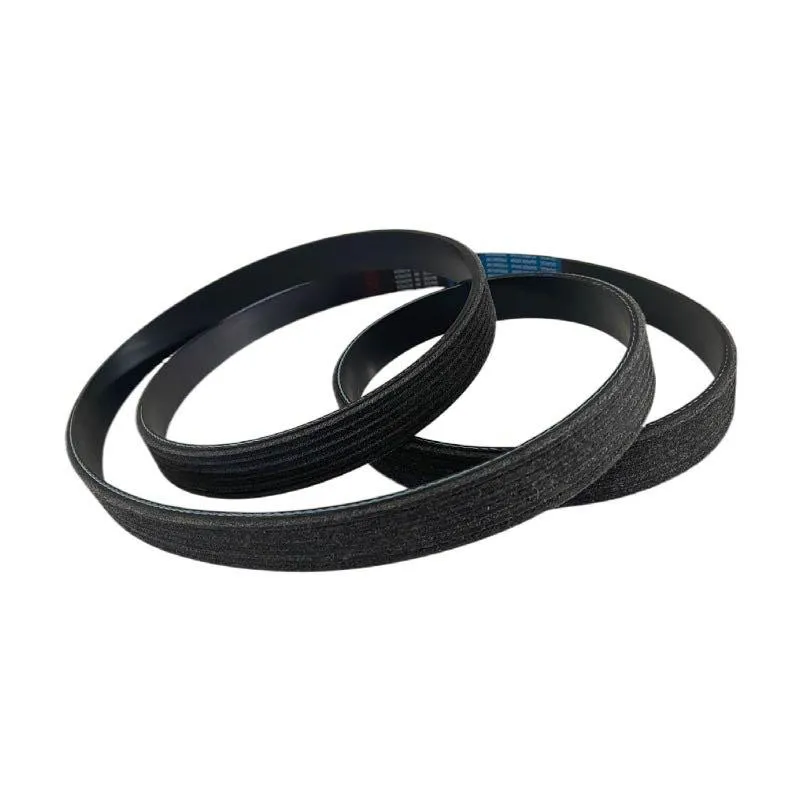- Arabic
- French
- Russian
- Spanish
- Portuguese
- Turkish
- Armenian
- English
- Albanian
- Amharic
- Azerbaijani
- Basque
- Belarusian
- Bengali
- Bosnian
- Bulgarian
- Catalan
- Cebuano
- Corsican
- Croatian
- Czech
- Danish
- Dutch
- Afrikaans
- Esperanto
- Estonian
- Finnish
- Frisian
- Galician
- Georgian
- German
- Greek
- Gujarati
- Haitian Creole
- hausa
- hawaiian
- Hebrew
- Hindi
- Miao
- Hungarian
- Icelandic
- igbo
- Indonesian
- irish
- Italian
- Japanese
- Javanese
- Kannada
- kazakh
- Khmer
- Rwandese
- Korean
- Kurdish
- Kyrgyz
- Lao
- Latin
- Latvian
- Lithuanian
- Luxembourgish
- Macedonian
- Malgashi
- Malay
- Malayalam
- Maltese
- Maori
- Marathi
- Mongolian
- Myanmar
- Nepali
- Norwegian
- Norwegian
- Occitan
- Pashto
- Persian
- Polish
- Punjabi
- Romanian
- Samoan
- Scottish Gaelic
- Serbian
- Sesotho
- Shona
- Sindhi
- Sinhala
- Slovak
- Slovenian
- Somali
- Sundanese
- Swahili
- Swedish
- Tagalog
- Tajik
- Tamil
- Tatar
- Telugu
- Thai
- Turkmen
- Ukrainian
- Urdu
- Uighur
- Uzbek
- Vietnamese
- Welsh
- Bantu
- Yiddish
- Yoruba
- Zulu
Jun . 19, 2024 11:46 Back to list
What Is a Serpentine Belt & When Should You Replace It?
What Is a Serpentine Belt & When Should You Replace It?
A lot of people’s philosophy when it comes to car repair is, “If it ain’t broke, don’t fix it!” But while it may seem counter-intuitive to spend money replacing a car part that is working just fine, it’s often more cost-effective in the long run!
Your serpentine belt is a vital component of your vehicle. And if it breaks, you might end up stuck on the side of the road waiting for a tow truck. That’s why we recommend replacing the serpentine belt before it breaks to prevent further repairs and save you money down the road.
What is a serpentine belt?
The serpentine belt is a long rubber belt that transports power to the engine accessories—the alternator, power steering pump, air conditioning compressor and (sometimes) the water pump.

You may have heard a serpentine belt referred to as a fan belt or accessory belt. This is because vehicles used to have multiple drive belts that connected the engine to the accessories (such as the radiator fan).
But modern vehicles (usually) just have one belt that winds through multiple pulleys to power all the accessories.
While using just one belt is the most efficient and reliable option, it also means that when your car’s serpentine belt breaks, everything stops working! You’ll lose power steering, the A/C will quit, your battery will eventually die, and the engine might overheat. Plus, it could also damage the engine accessories it controls.
This is why it is so important to get your serpentine belt replaced on a regular schedule.
PK Belt 3PK675 For Hyundai 57170-2D101
Serpentine Belt vs. Timing Belt
Don’t get confused—a serpentine belt is not the same thing as a timing belt. The serpentine belt and timing belt have very different functions in your vehicle.
The timing belt is located inside the engine and keeps the crankshaft and camshaft in sync. This ensures that the engine intake and exhaust valves open and close in time with the pistons so the engine runs smoothly.
The serpentine belt is what keeps the engine accessories running smoothly and efficiently. It connects the engine crankshaft on the outside of the engine to all of the engine accessories.
You can easily tell the difference between the two when you look at the grooves. A timing belt has horizontal “teeth” designed to fit the cogwheels of the crankshaft and camshaft. A serpentine belt has multiple V-shaped grooves that run vertically along the belt.
These belts often need to be replaced around the same time, so ask your mechanic or consult the owner’s manual to see if you need to replace your timing belt too.
When should you replace the serpentine belt?
Your serpentine belt was made to last. Under ideal circumstances, your car’s serpentine belt should last 60,000–100,000 miles.
It’s important to replace this belt as part of your vehicle’s scheduled maintenance (even if it looks okay) to avoid it breaking while you’re on the road.
Not sure when your serpentine belt was last replaced? The certified technicians at Virginia Tire & Auto can do a visual inspection during a routine maintenance visit and give you an idea of when it should be replaced.
5 Symptoms of a Bad Serpentine Belt
A serpentine belt is designed to last a long time. But eventually, the heat and friction will wear it down and it will need to be replaced. Here are some signs of a failing serpentine belt:
- Signs of wear (cracking, glazing, fraying, etc.)
- Squealing or chirping sound (indicates a slipping belt)
- Performance loss (power steering failure, sudden car battery drain or stalled engine)
- Check Engine Light
- Unusual noises
-
Upgrade Power Steering Pump Belt for Smooth, Quiet Operation
NewsAug.27,2025
-
Precision Timing Belt & Chain: Engine Performance & Durability
NewsAug.26,2025
-
Precision Lathe Drive Belts: Durable & Reliable Performance
NewsAug.25,2025
-
84.5 Serpentine Belt: Durable & Precision Fit for Your Engine
NewsAug.24,2025
-
Premium Ribbed Drive Belts for Quiet Power Transmission
NewsAug.23,2025
-
High-Performance Vehicle Timing Belt for Engine Precision
NewsAug.22,2025


